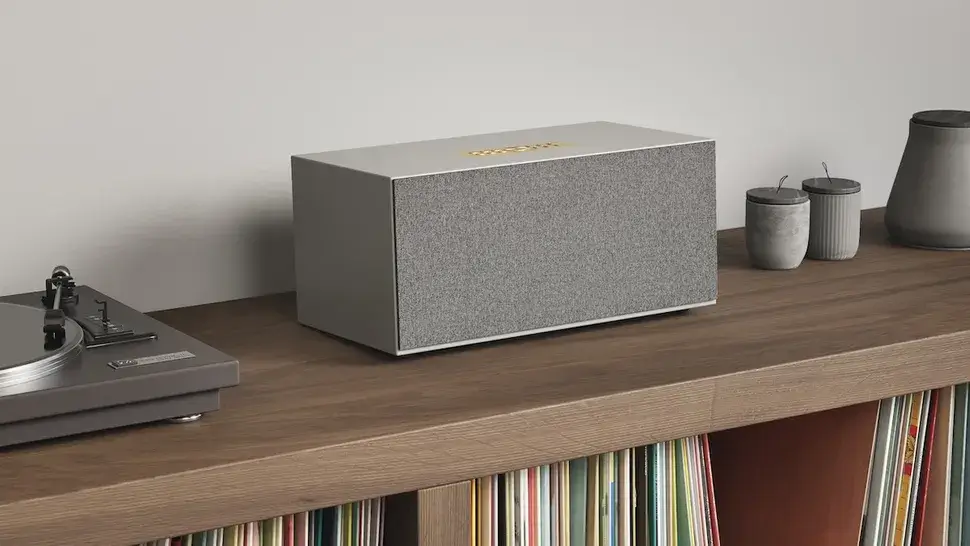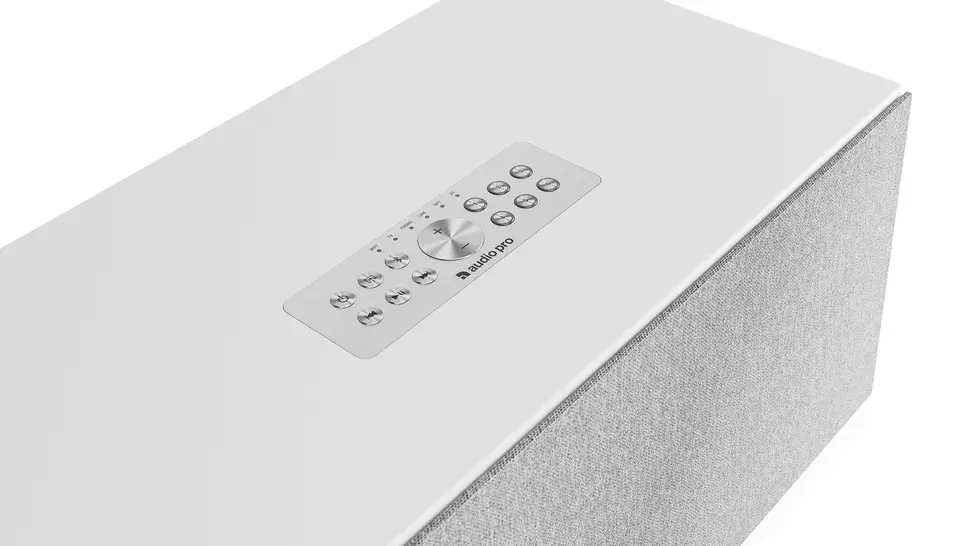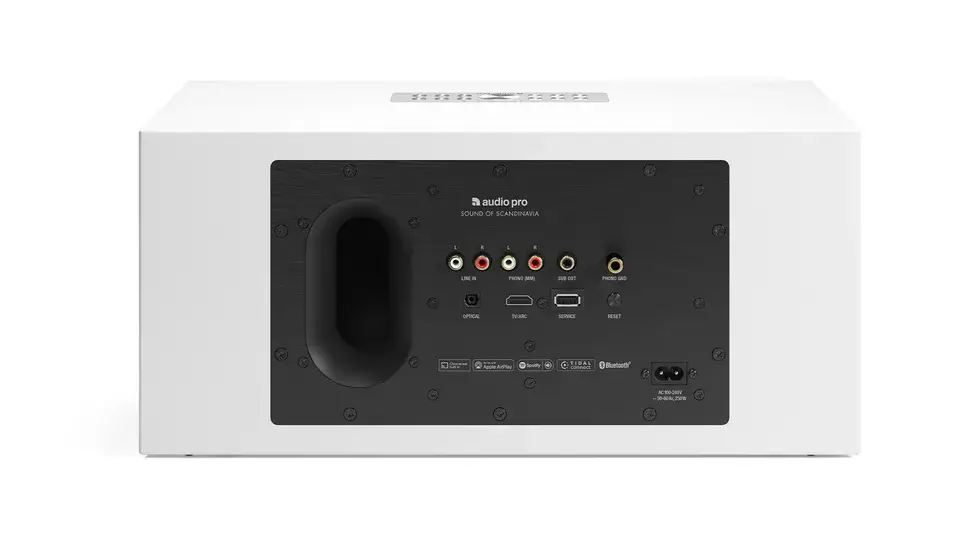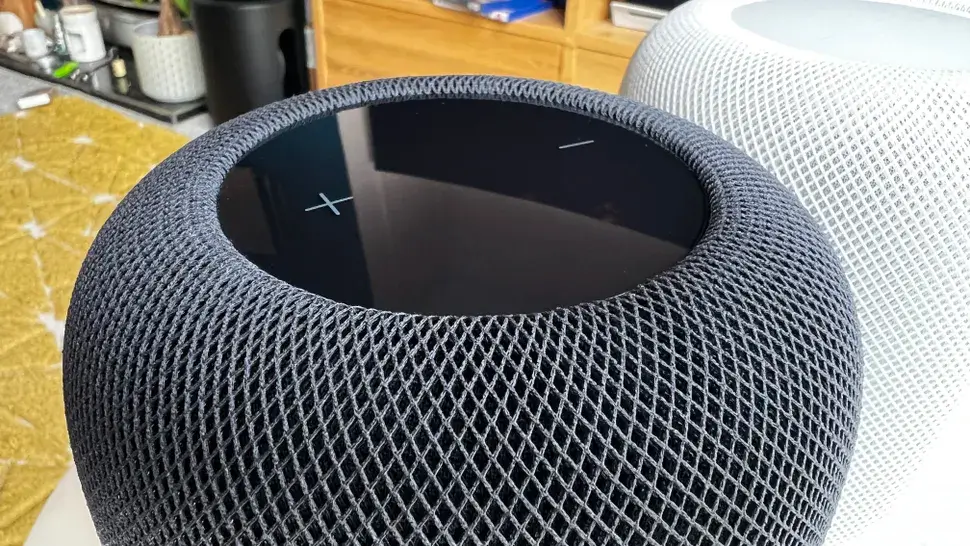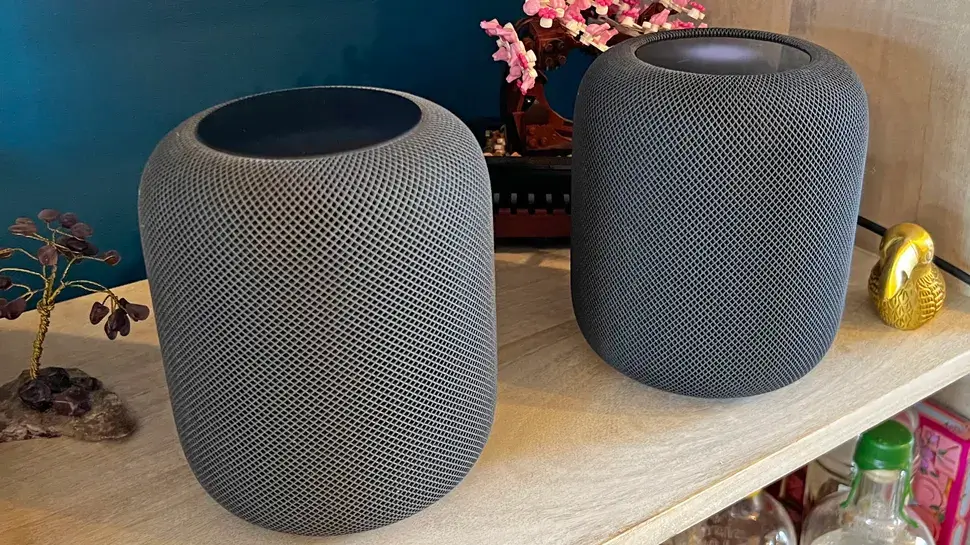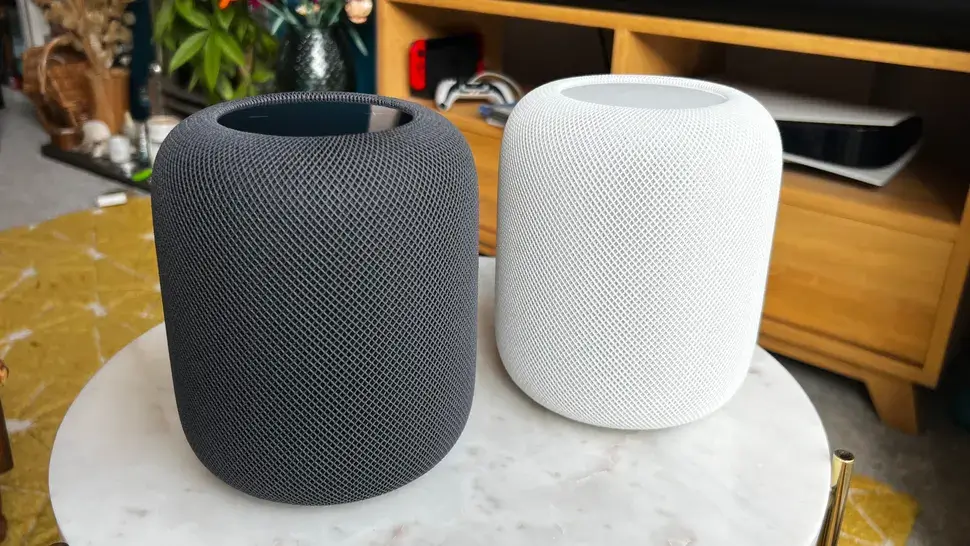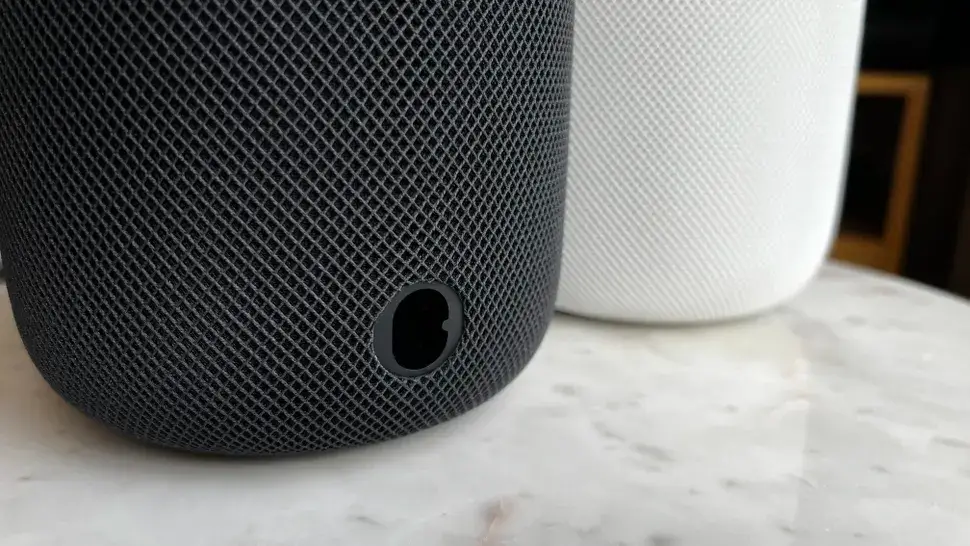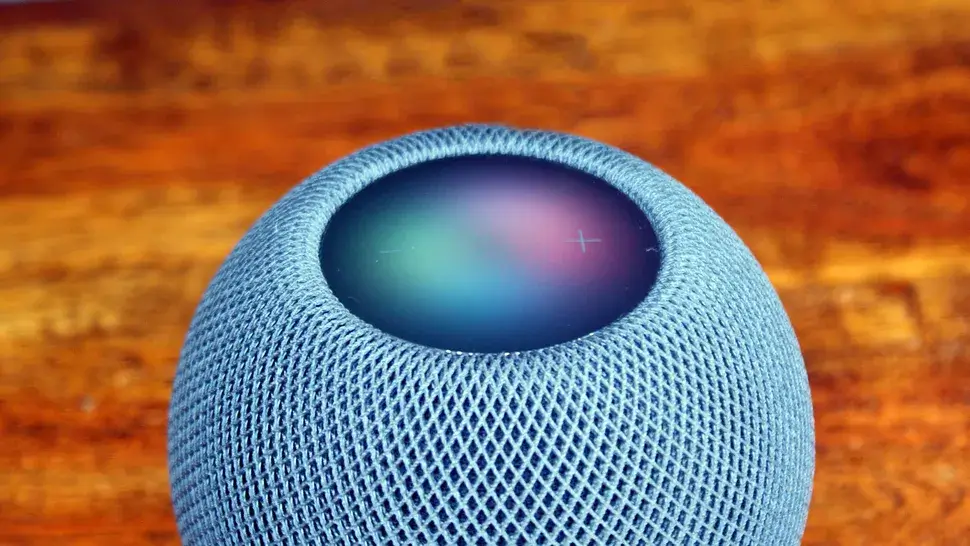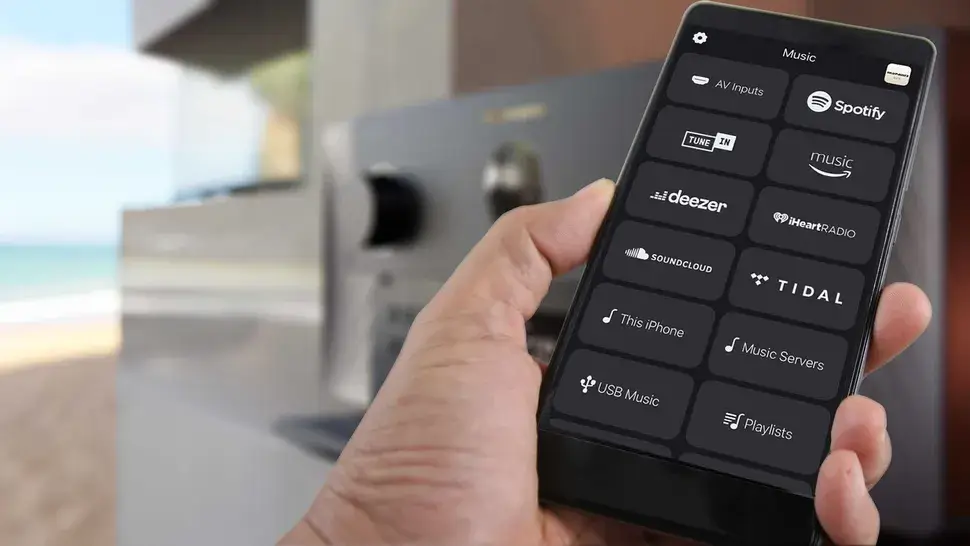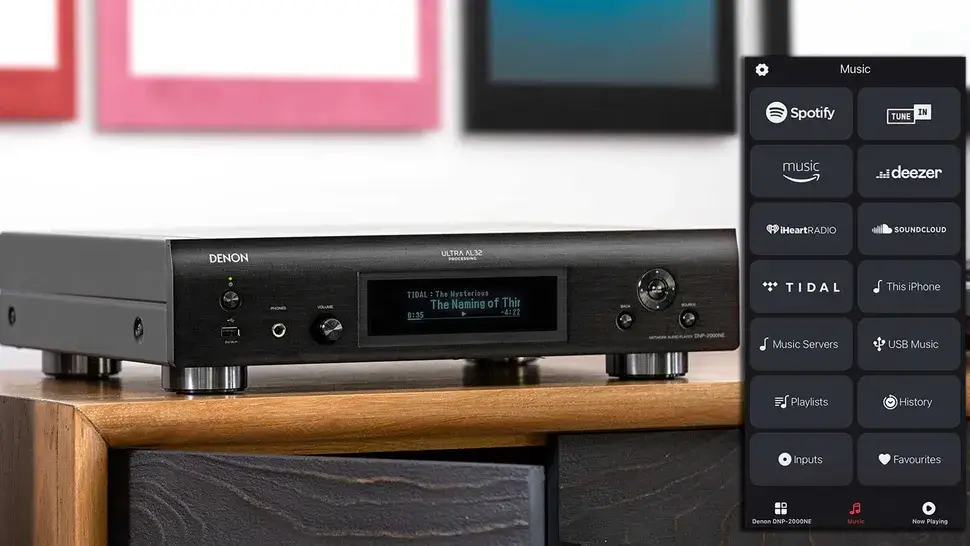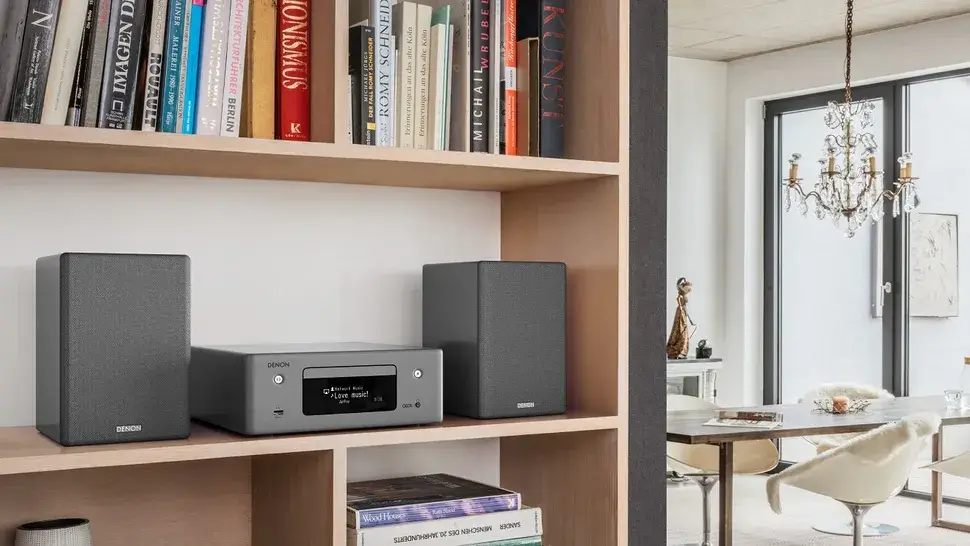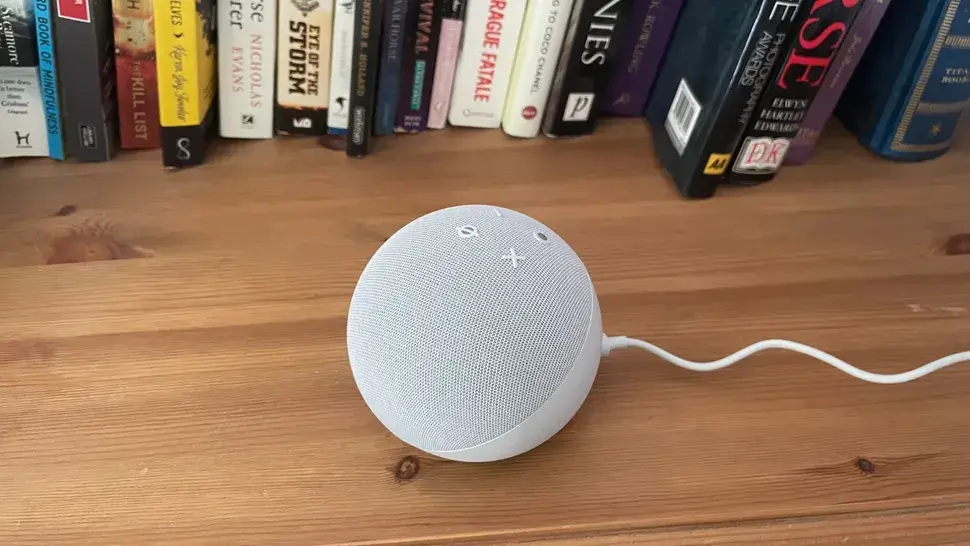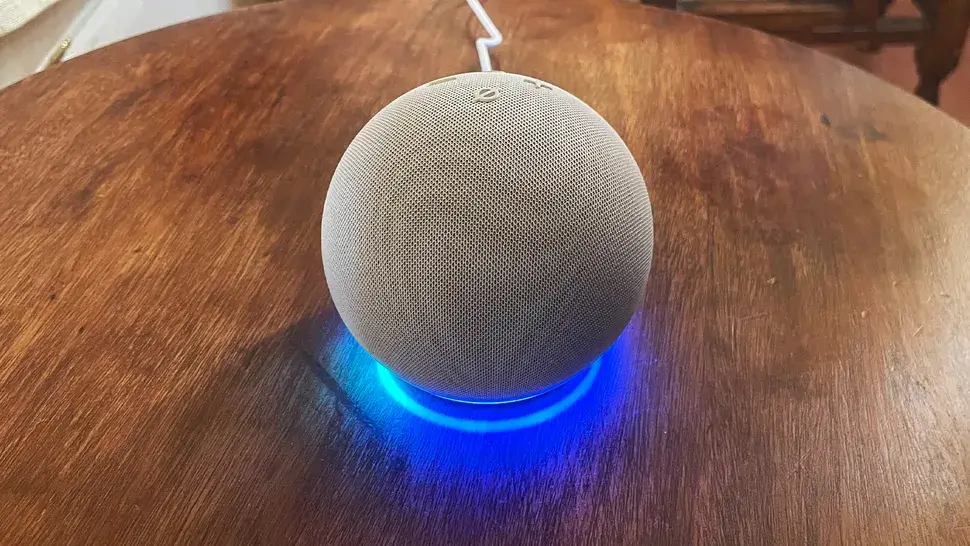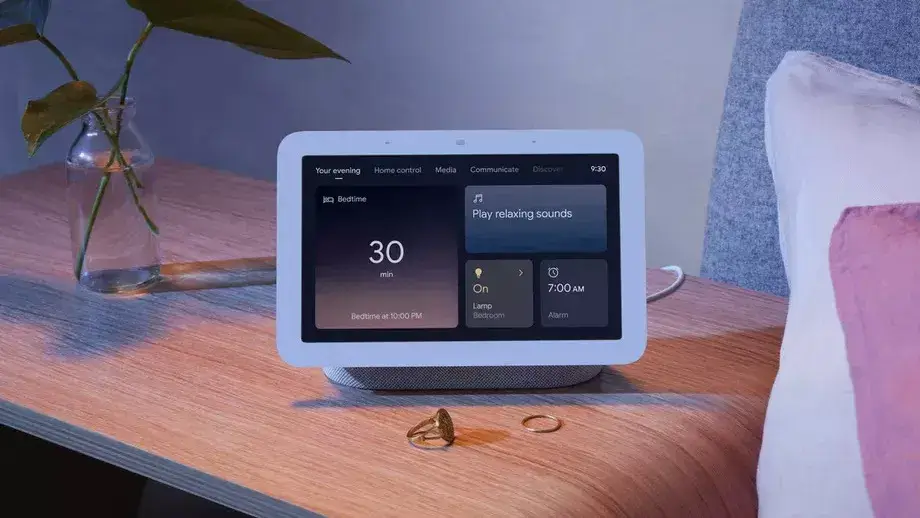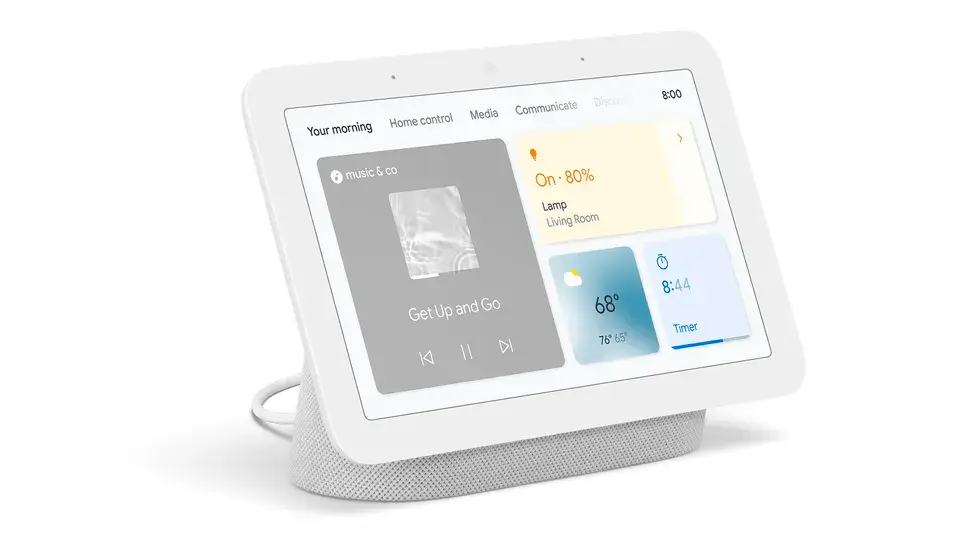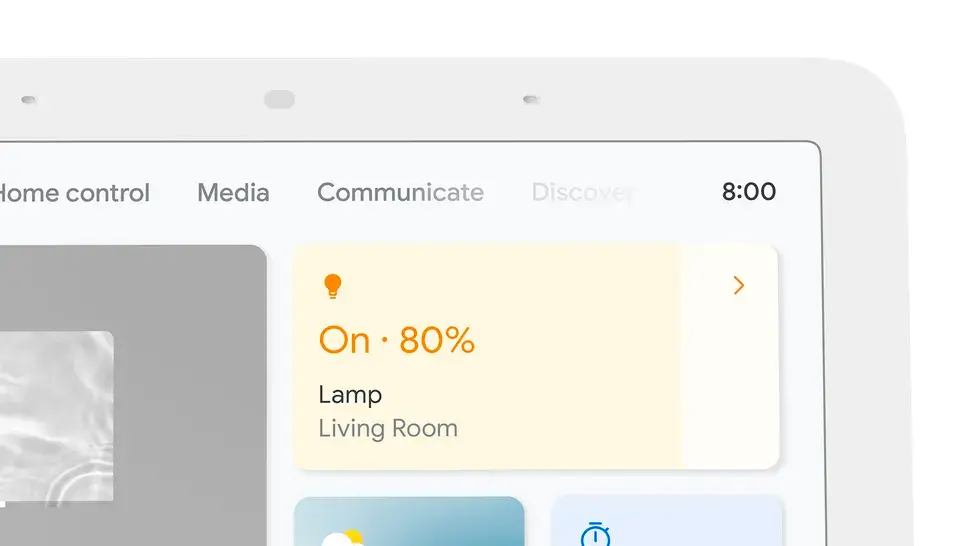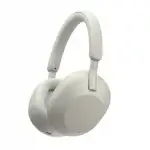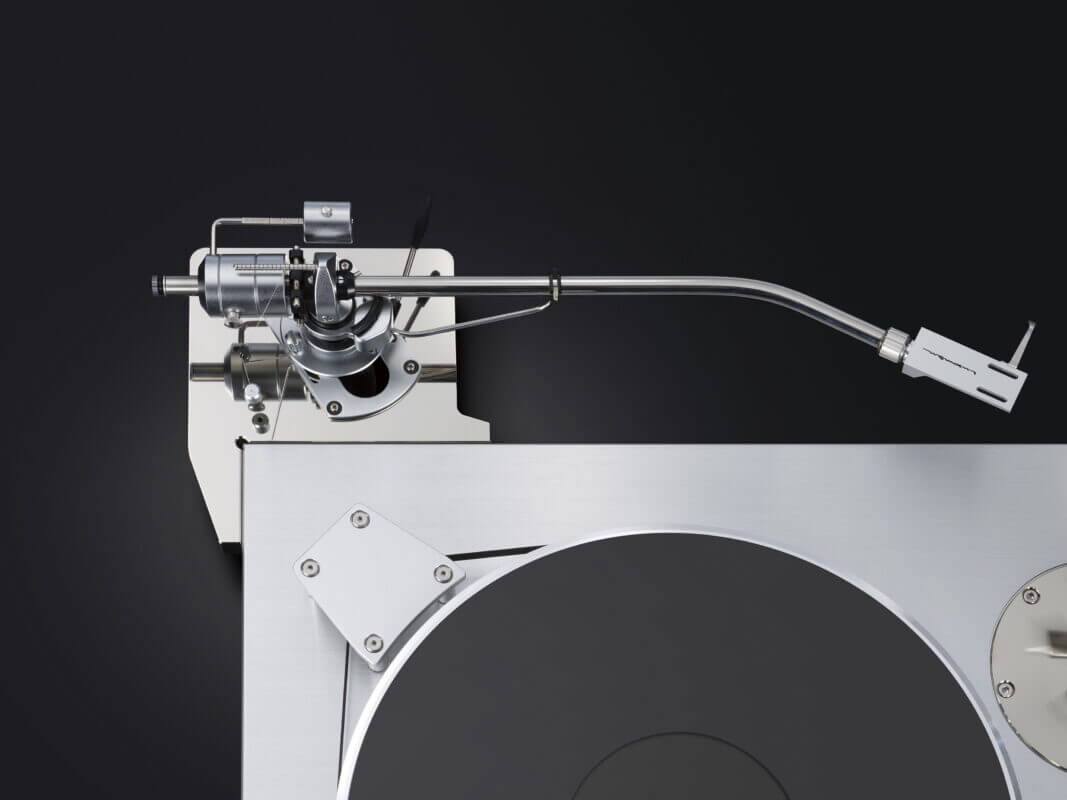
Top Alternatives to Sonos for 2025
Top Alternatives to Sonos for 2025
Explore the best alternatives to Sonos for multi-room audio systems. Discover sound quality, design, versatility, and affordability today!
Overview of Sonos in 2025
Sonos has experienced a challenging twelve months. After an unsuccessful app update last May, the company faced financial difficulties and recently saw its CEO resign. Additionally, reports suggest that the release of two new products has been postponed to focus on app improvements. However, the release of the five-star soundbar, Arc Ultra, provided a glimmer of hope amidst a rather bleak year.
While we believe the brand will rebound, if you're looking for alternatives to a multi-room audio system, we’ve got you covered. The devices listed below surpass Sonos in at least one area, whether it be sound quality, design, versatility, or price.
Quick List of Alternatives
- Best Overall Speaker – Audio Pro. When it comes to price, performance, and component selection, Audio Pro is the best alternative to Sonos for most users.
- Best for iOS – Apple HomePod 2. Impeccable build quality, fantastic ease of use, and rich sound make the HomePod 2 a great choice for iOS users.
- Best Universal Replacement for Sonos – Denon HEOS. Denon and Marantz kits work with the HEOS platform, giving you a wide choice of top-notch devices.
- Best Value Speaker – Amazon Echo Dot (5th Generation). One of the most affordable smart speakers, the Echo Dot is likely the cheapest way to create multi-room audio in your home.
- Best Screened Speaker – Google Nest Hub (2nd Generation). A 7-inch screen makes this speaker a worthy contender for smart home control, allowing for multi-room management with a simple tap.
1. Audio Pro – Best Overall Speaker
Specifications:
- Wi-Fi: Yes
- Ethernet: Yes
- Outputs: Optical, RCA
- Streaming: AirPlay, Spotify Connect, Tidal, Deezer, TuneIn, Qobuz
- Voice Control: No
- Bluetooth: Yes
Pros:
- Insightful and expressive sound
- Older additional speakers can be integrated
- Excellent price-performance ratio
Cons:
- The app lacks elegance and sophistication
Audio Pro has quickly established itself in the multi-room systems market. We are big fans of the Swedish company’s wireless speakers that not only look great but sound fantastic too, making them a great alternative to Sonos when combined.
Models like the Audio Pro Addon C3, Addon C5A, and Addon C10 MkII offer exceptional sound quality for the price. They are engaging, musical, and outperform many competitors in value.
Notably, they also feature Bluetooth and line inputs on many models for added flexibility. The latest model, C20, is another five-star unit packed with signature rich and detailed sound, superior connectivity, and high build quality.
While the Audio Pro lineup doesn’t include the same home theater components that some competitors do, and the app is more basic than feature-rich, we concluded our review with the statement: “This system currently has no equal in sound quality for the price.”
2. Apple HomePod 2 – Best for iOS
Specifications:
- Wi-Fi: Yes
- Ethernet: No
- Streaming: AirPlay, Amazon Music, Deezer, Pandora
- Voice Control: Siri
- Bluetooth: Yes
Pros:
- Natural, solid, and energetic sound
- Spacious ambiance
- Exquisitely well-made
Cons:
- Only for Apple users
- Siri cannot control Spotify, Tidal, etc.
- Rivals sound more straightforward
The HomePod 2 is a pricier option in Apple’s current lineup, significantly above the HomePod Mini. It replaces the first-generation HomePod, which we tested back in 2018. While it may look similar, it boasts several significant changes.
In terms of sound, this device represents a major step forward. Our tests showed that it’s one of the best-sounding smart speakers available. It surpasses its closest competitor, the Amazon Echo Studio, offering much more precise bass than the first-generation HomePod.
The sound is clear, without the distortion that many speakers at this price range exhibit. It’s also incredibly lively and plays tunes with infectious enthusiasm. The bass is notably impressive, demonstrating flexibility that average wireless speakers can only dream of.
Setting it up is a breeze; once paired with an iPhone, it’s a matter of locating the speaker and following on-screen instructions for seamless integration into your smart home system. It even adjusts the sound in real-time to fit the surrounding environment.
However, its strength is also its biggest drawback: it’s an Apple product designed for Apple users. If you’re not part of the Apple ecosystem, you won’t be able to take full advantage of the HomePod 2. Its main connection relies on Apple’s AirPlay 2 technology, and Apple Music is the only streaming service natively supported, with Siri being the only option for voice commands. This limits its appeal for those who aren’t Apple enthusiasts, as they might prefer more platform-independent alternatives like Sonos or other options in this list.
3. Denon HEOS – Best Universal Replacement for Sonos
Specifications:
- Wi-Fi: Yes
- Ethernet: Yes
- Outputs: Optical, RCA
- Streaming: Spotify Connect, Amazon Music
- Voice Control: Amazon Alexa
- Bluetooth: Yes
Pros:
- Smooth, spacious sound
- Supports high-resolution audio
Cons:
- Audio Pro edges out slightly in sound quality
Denon may be more known for its AV receivers, but the brand also offers soundbars, subwoofers, amplifiers, and wireless speakers. Moreover, all these devices (as well as those from its subsidiary Marantz) can be connected via the Denon HEOS platform.
Since its launch, HEOS has been refined to support high-resolution audio and additional streaming services like Amazon Music. You also get enhanced Alexa capabilities for voice-controlled playback.
The sound is clear, spacious, and rich. In our review, we noted, “HEOS 7 sounds expansive and rich, easily filling our medium-sized test room with authoritative sound.”
While Audio Pro’s offerings are slightly behind in sound quality, HEOS is an excellent universal choice, providing a wider selection of components for mixing. Recent additions, such as the Denon Home 150 NV (a lightweight version that competes with the Sonos Era 100) and the compact Marantz M1 streaming amplifier, make it even more appealing.
4. Amazon Echo Dot (5th Generation) – Best Value Speaker
Specifications:
- Wi-Fi: Yes
- Ethernet: No
- Streaming: Amazon Music, Apple Music, Spotify, Deezer
- Voice Control: Amazon Alexa
- Bluetooth: Yes
Pros:
- Impressively expansive sound
- Excellent integration with Alexa
- Nice, understated aesthetics
Cons:
- Sound distortion at higher frequencies
The fifth incarnation of the Amazon Echo Dot doesn’t differ much from its predecessor in appearance, retaining the rounded shape and understated aesthetics that suited the fourth generation so well. It has lost the 3.5 mm audio output, but it can still connect to another speaker via Bluetooth.
Like other Echo speakers, this one prioritizes Amazon services, but it isn’t limited to them: Spotify, Deezer, and Apple Music are supported along with Amazon Music.
Amazon promises cleaner vocals, deeper bass, and rich sound in any room thanks to a single 44mm front-facing driver, which is larger than the 40mm driver of its predecessor. The sound truly impresses; “the audio is quite remarkable, considering Dot’s low price and unobtrusive design,” we stated in our review. The bass is deep but not as clear as that found in more expensive speakers. If you crank up the volume, distortion begins to set in.
Nevertheless, this remains another fantastic addition to the Echo lineup.
5. Google Nest Hub (2nd Generation) – Best Screened Speaker
Specifications:
- Wi-Fi: Yes
- Ethernet: No
- Outputs: 3.5mm
- Streaming: YouTube Music, Spotify, Apple Music, Netflix, Disney+
- Voice Control: Google Assistant
- Bluetooth: Yes
Pros:
- Excellent streaming service support
- Quality screen
- Sleep recognition technology
Cons:
- Requires an app for making calls
- Basic sound quality
When comparing the 7-inch (1024 x 600) touchscreen of the Google Nest Hub with other devices, its area is only slightly smaller than that of the iPhone 16 Pro Max, and it lacks a camera for selfies, video calls, or security.
However, there are plenty of available streaming music and television services, including All 4, Deezer, Netflix, and Disney Plus. The standout feature is the Sleep Sensing function (for an additional fee). Since the Nest Hub is equipped with Google Soli sensors for motion detection, along with light and temperature sensors, you can pause and resume tracks simply by showing your palm to the device.
Plus, the chip built into the speaker can inform you how long you’ve slept and how restful that sleep was. This is something new, and attempting to align your “sleep circles” with a solid eight hours of sleep can become addictive.
While sound quality is better elsewhere: “At maximum volume, the Hub is loud enough to fill your room, but at the top two volume levels out of ten, it sounds tight in the bass and sharp in the highs.” Still, for kitchen or bedside use, the quality is perfectly acceptable.
The Amazon Echo Show 10 is a similar smart speaker with a screen, but it costs nearly three times as much, is larger, more powerful, and features a Snap function. However, with Disney Plus, Sleep Sensing technology, and good (if not great) sound, the Google Nest Hub is an excellent alternative to Sonos that suits most rooms in the house.
Other Notable Sonos Alternatives We Tested:
- Bluesound Generation 2i: We hesitate to recommend this past award-winning model since we haven’t tested it in a long time, and its sound quality may not match modern competitors. However, it made a strong impression in its time, although sound quality can vary by model.
- Apple HomePod Mini: If you don't want to overspend on the HomePod 2, the HomePod Mini is a fantastic budget option. It delivers surprisingly good sound in a much smaller and cheaper package, while still offering a full feature set.
- Amazon Echo (4th Generation): The standard Echo model, larger than the Echo Dot, delivers the same capabilities but with improved sound. Also, it often goes on sale, so keep an eye out for discounts.
How to Choose the Best Sonos Alternative?
Before jumping headfirst into spending a fortune on a Sonos alternative, hold on a minute.
The beauty of a multi-room system, like the ones discussed above, is that you don’t have to buy everything all at once. You can start with one or two speakers and expand the system as needed, room by room. This helps spread the costs over several months—or even years—and gives you a more considered approach to which rooms truly need to be added to your multi-room system. If you find that another brand's ecosystem suits you better, you won’t have to replace the entire system in your home.
App control is now quite common, but some apps are better than others, so it’s worth exploring how each one works to find what’s most convenient for you. Most systems also work with voice assistants like Siri, Google Assistant, and Amazon Alexa. Deeply invested in the Apple/Google/Amazon ecosystem? Ensure that your Sonos alternative is compatible with your chosen smart assistant, or consider switching platforms.
It’s also worth checking which streaming services your chosen speaker supports. Major models are quite common these days, but it’s always good to verify—do your homework before buying to avoid disappointment. You should also pay attention to what physical connections each speaker offers—the HomePod line offers nothing but a power cable port, while Audio Pro and Denon models include optical, RCA, and Ethernet ports for more reliable internet connections. If you plan to connect other devices to Sonos, you need to know if they are compatible.
Budget is another important factor. Most devices on this list are cheaper than their Sonos counterparts, and with the exception of Apple, they often go on sale. Make your choice wisely, and you won’t miss Sonos at all.
If you're looking to elevate your audio experience, shop your favorite album cover poster at our store here.
 | DISCOUNTGET 30% OFF*Use code on your next order:
|
* This post may contain affiliate links, meaning we earn a commission if you make a purchase through these links, at no additional cost to you.




